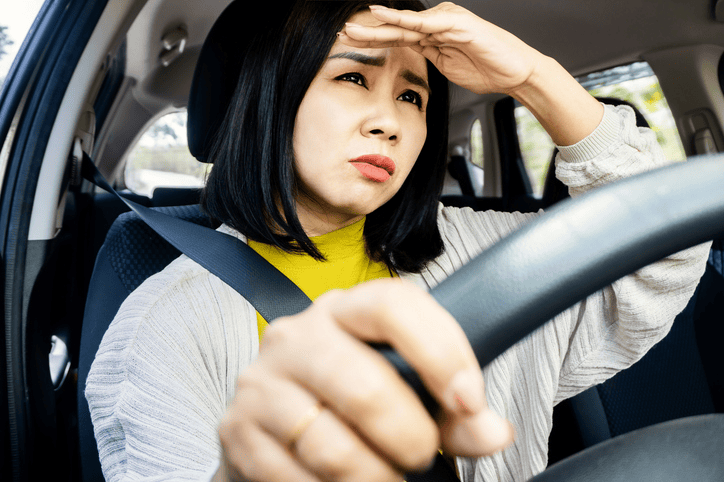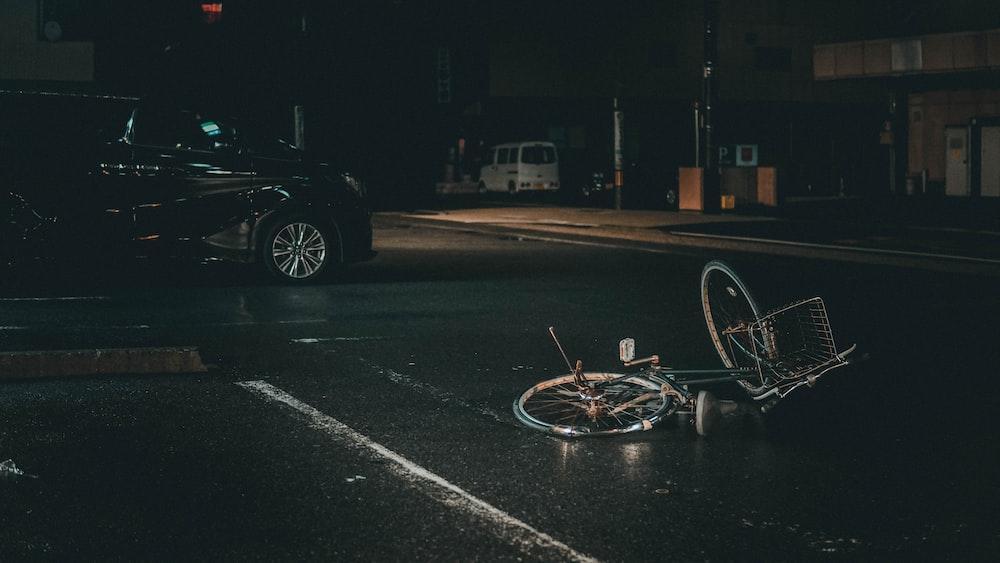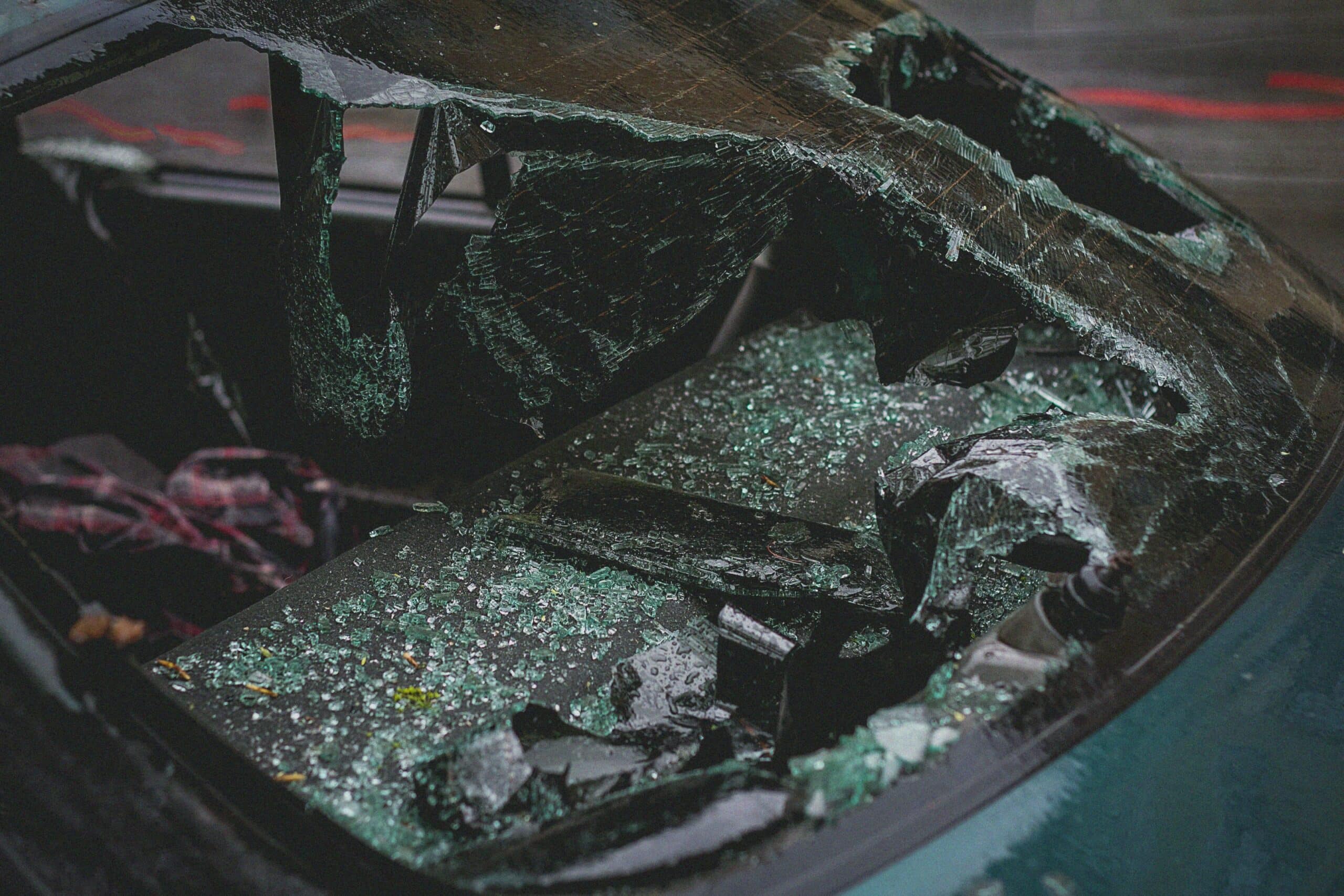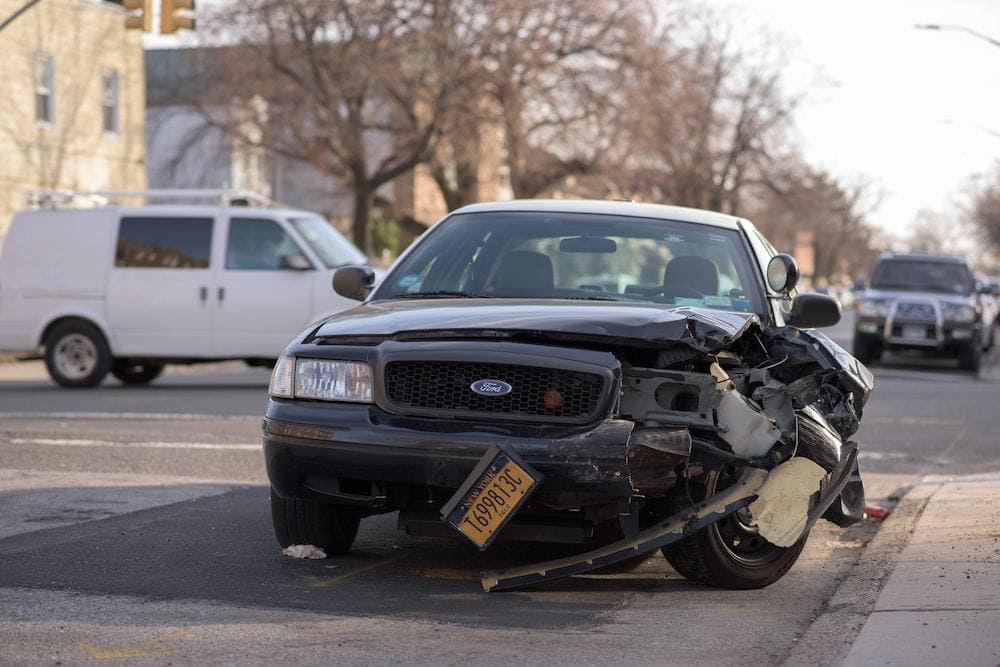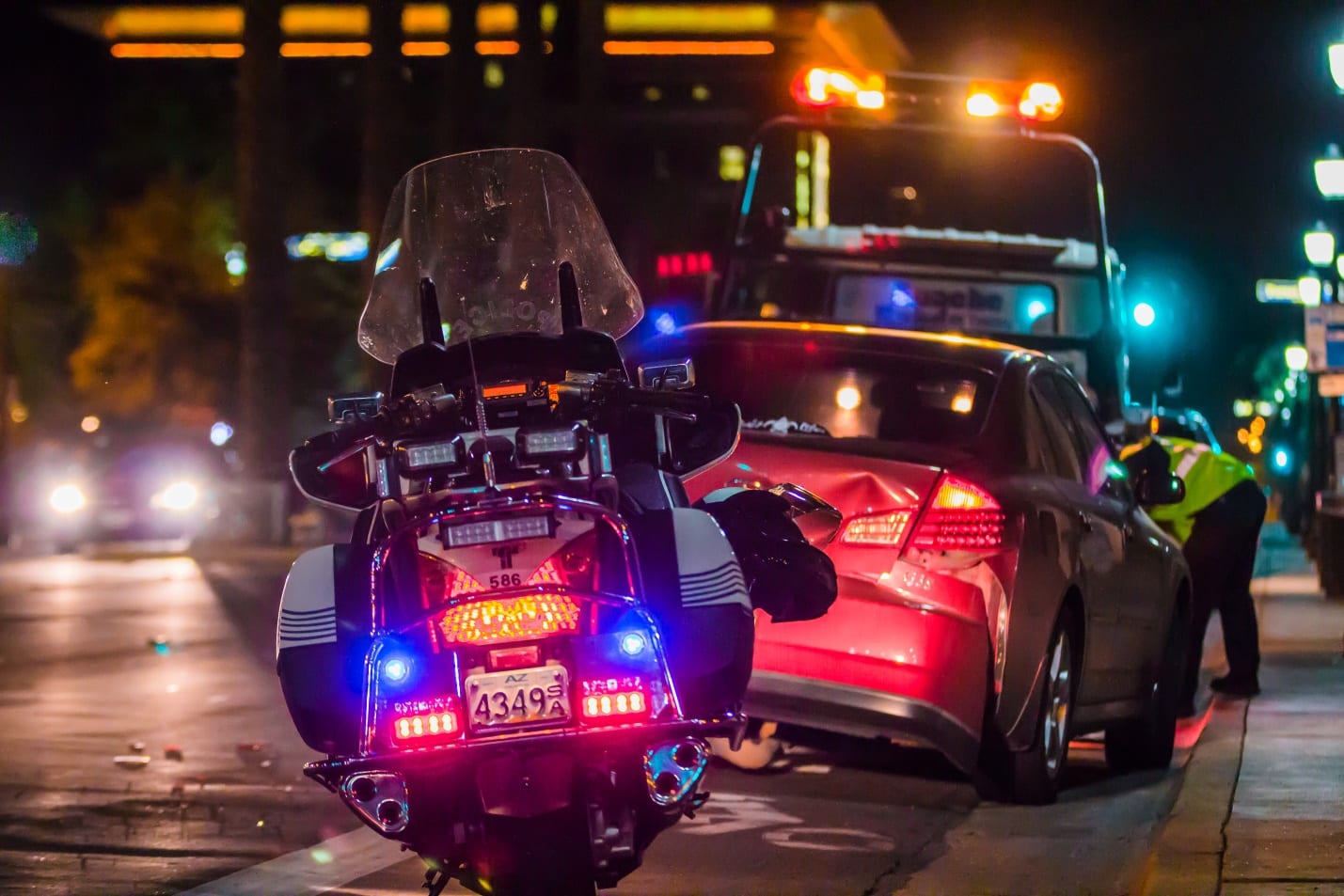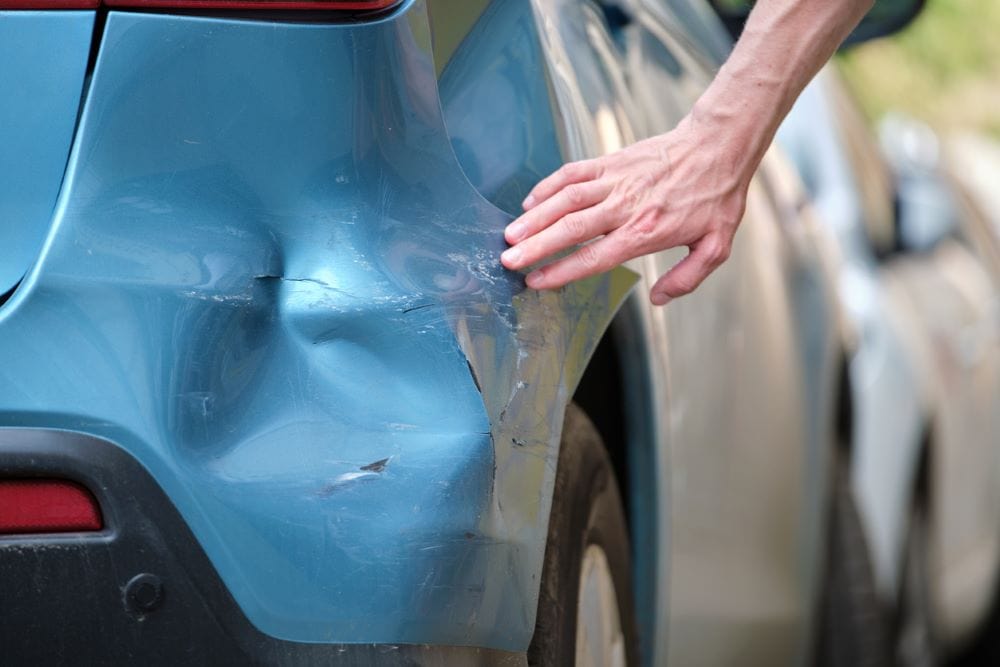
If you’ve ever found yourself caught in the chaos of a multi-vehicle accident, you know the confusion and anxiety that can follow. In such situations, questions about liability often arise, especially when you’re rear-ended and end up colliding with the car in front of you. Who is at fault? Are you liable for hitting the car in front of you after being rear-ended by another driver? What steps should you take, and how can an attorney help you navigate the legal complexities?
The Chain Reaction: Rear-Ended and Colliding Forward
You’re driving, fully attentive to the road, when suddenly, you feel a jolt from behind. You’ve been rear-ended. The impact propels your vehicle forward, and, in a heartbeat, you collide with the car in front of you. The chain reaction has begun.
In these situations, it’s common for confusion and questions to flood your mind. “Am I liable for hitting the car in front of me?” “Who is at fault for this mess?” These questions are valid and crucial for determining the legal implications and seeking compensation for damages.
What To Do Immediately After the Accident
The first moments after a multi-vehicle accident are crucial. Safety should be your top priority. If you find yourself rear-ended and subsequently collide with the car in front of you, follow these steps:
Check for Injuries: Assess your well-being and that of your passengers. If there are injuries, seek medical attention immediately by calling 911.
Move to a Safe Location: If your vehicle is operable, move it to the side of the road to avoid further collisions. Turn on hazard lights to alert other drivers.
Call Law Enforcement: Dial the emergency number to report the accident and request police assistance. A police report is crucial for establishing the details of the incident.
Exchange Information: Exchange contact and insurance information with the other drivers involved. Obtain contact details of any witnesses, if possible.
Who Is at Fault in Multi-Vehicle Accidents?
The Rear Driver:
In the chain reaction of a rear-end collision leading to a forward collision, the primary fault often lies with the rear driver. The responsibility is attributed to their failure to maintain a safe following distance or exercise due care, initiating the sequence of collisions by rear-ending the middle vehicle.
The Front Driver:
While less common, there are scenarios where the front driver may bear some responsibility. This could be the case if the lead driver makes an abrupt and unexpected stop without valid cause, contributing to the chain reaction. However, even in such cases, the legal expectation remains for the rear driver to maintain a safe following distance.
Am I Responsible?
As the middle driver caught in the chain reaction, your responsibility for the forward collision may depend on factors such as your reaction time and the ability to avoid the collision. It could mitigate your liability if you had insufficient time to react to the initial impact and collided with the front vehicle. However, assessing individual responsibility in these situations is complex and requires a thorough investigation. Seeking legal guidance is crucial for a comprehensive understanding of your liability.
How to Prove Liability?
Proving liability in car accidents is an intricate process, especially in a chain reaction where you were rear-ended and subsequently collided with the car in front of you, which involves gathering evidence to demonstrate that the other party was at fault. Here’s a comprehensive guide on how to prove liability:
Obtain a Police Report: Immediately after the accident, ensure that law enforcement is called to the scene. The police report is a critical document that outlines the details of the accident, including statements from involved parties and witnesses. This report can be an official record and provide valuable information for establishing liability.
Document the Scene: Take photographs of the accident scene, including vehicle positions, damages, skid marks, and any relevant road signs or signals. Visual evidence can be crucial in reconstructing the sequence of events and establishing fault.
Gather Witness Statements: If there are witnesses to the accident, collect their contact information and ask them to provide statements. Eyewitness accounts can provide unbiased perspectives on what transpired and contribute to establishing liability.
Seek Medical Attention: If you or anyone involved in the accident sustained injuries, seeking prompt medical attention is crucial. Medical records can serve as evidence linking the accident to injuries, establishing a direct connection between the incident and potential damages.
Review Traffic Laws: Understanding and referencing relevant traffic laws can be instrumental in proving liability. It would strengthen your case if the at-fault driver violated traffic regulations, such as following too closely or failing to yield.
Consult Surveillance Footage: If available, obtain surveillance footage from nearby cameras. Video evidence can clearly depict the accident, showcasing each driver’s actions and helping establish liability.
Factors Influencing Liability
Following Too Closely
One common factor in rear-end collisions is following too closely. If the driver who rear-ended you was tailgating or failed to maintain a safe following distance, they are likely at fault for the initial collision.
Sudden Stops and Inattention
If the lead driver in the front suddenly stops, it may create a challenging situation for the driver behind. However, if the lead driver stopped for a valid reason, such as a traffic signal or an obstruction, it may affect liability.
Contributory Negligence
In some cases, liability may be shared among multiple drivers. If you were distracted or did not pay attention and subsequently collided with the car in front, contributory negligence may impact your claim.
Seeking Legal Guidance: How an Attorney Can Help
After a car accident involving multiple vehicles, the last thing you want to deal with is navigating the legal intricacies alone. Seeking the guidance of an experienced car accident lawyer is a wise move. Here’s how they can assist you:
Establishing Fault and Liability
Navigating the aftermath of a chain reaction accident can be overwhelming. This is where an experienced car accident attorney comes into play. They can help you determine fault by:
Reviewing Evidence: Attorneys can scrutinize the police report, gather witness statements, and assess any available video footage to build a case in your favor.
Examining Physical Evidence: Skid marks, vehicle damage, and the accident scene can provide crucial clues about the sequence of events. Attorneys are skilled at interpreting this evidence.
Interviewing Witnesses: Eyewitness accounts can be invaluable in reconstructing the accident. Attorneys can conduct thorough interviews to extract essential details.
Dealing with Insurance Companies
After a multi-vehicle accident, dealing with insurance companies can be complex. An attorney can:
Communicate on Your Behalf: Your attorney can communicate with insurance companies, ensuring your rights are protected and you don’t inadvertently admit fault.
Negotiate Fair Compensation: Whether it’s property damage, medical bills, or other losses, an attorney can negotiate with the insurance company to secure fair compensation for your damages.
Representing You in Court
In some cases, a multi-vehicle accident may lead to legal proceedings. An attorney can:
Build a Strong Case: Using their expertise, attorneys can build a strong case by presenting evidence, witness testimonies, and expert opinions to establish liability.
Advocate for You: Your attorney will represent you in court, raising your case and advocating for the compensation you deserve.
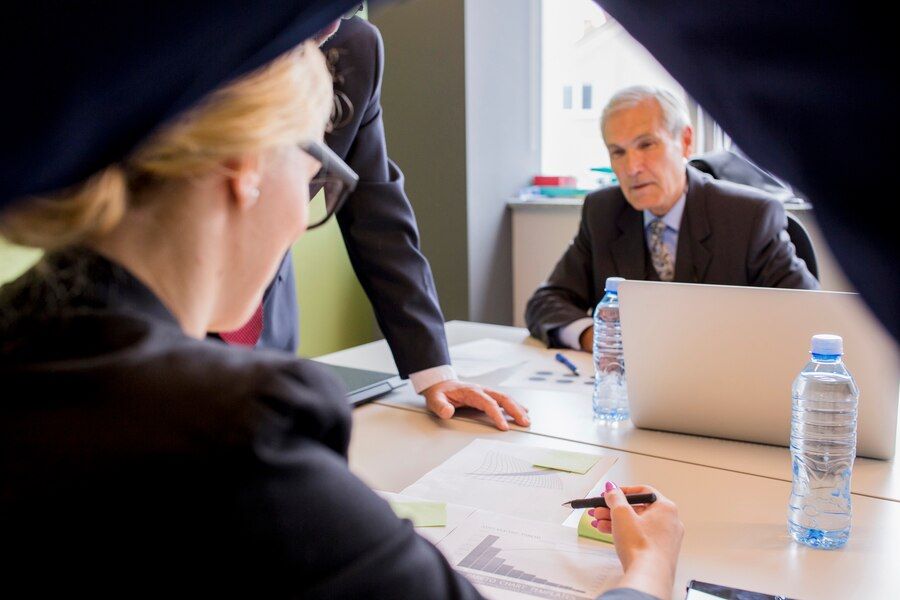
Get Help from a Seasoned Car Accident Attorney at BLG
In the aftermath of a multi-vehicle accident where you were rear-ended and subsequently hit the car in front of you, understanding liability is crucial. Remember to prioritize safety, seek medical attention, and obtain a police report. Consult with an experienced car accident attorney who can guide you through the legal process, help establish fault, and ensure you receive fair compensation for your damages.
Need help navigating the complexities of chain reaction accidents. You can protect your rights and work towards a fair resolution with the proper legal representation.
If you’ve been in a multi-vehicle accident and are grappling with questions like, “If a car hits you and you hit another car, who is at fault?” – look no further. Get the answers and legal support you need from the seasoned professionals at BLG. Our experienced car accident attorneys are ready to guide you through the complexities, ensuring you receive the compensation you deserve. Schedule your free consultation now, and let us help you reclaim control of your journey to recovery.
Don’t face the aftermath alone; reach out to BLG and take the first step toward resolution.
FAQs
Can someone sue me if I hit them with my car?
Yes, someone can sue you if you hit them with your car. If the accident results in injuries or damages, the affected party may seek compensation through a legal process, such as filing a personal injury or property damage lawsuit.
When a car hits another car?
When one car hits another, it can result in a car accident. The accident’s severity can vary, ranging from minor fender benders to more serious collisions. The consequences may include vehicle damage, driver and passenger injuries, and potential legal implications.
What happens when you bump into another car?
When you bump into another car, it depends on the severity of the impact. In minor cases, it may be considered a fender bender, resulting in minimal damage. However, more significant collisions can lead to injuries, substantial vehicle damage, and potential legal consequences. It’s crucial to exchange information with the other party and report the incident to the appropriate authorities.
Am I at fault if I hit a car in front of me because they suddenly slammed on their brakes?
Determining fault in a rear-end collision can depend on various factors, including traffic conditions, speed, and following distance. In many cases, the other driver who rear-ends another vehicle is considered at fault, as drivers are generally expected to maintain a safe following distance and drive at a speed that allows for sudden stops.
However, there may be exceptions, such as if the leading driver made an abrupt and unexpected maneuver without a valid reason. It’s essential to consider the specific details of the situation, and insurance companies or legal authorities may assess fault based on the circumstances surrounding the incident.
